Emma Pink
Freelance communications and engagement support
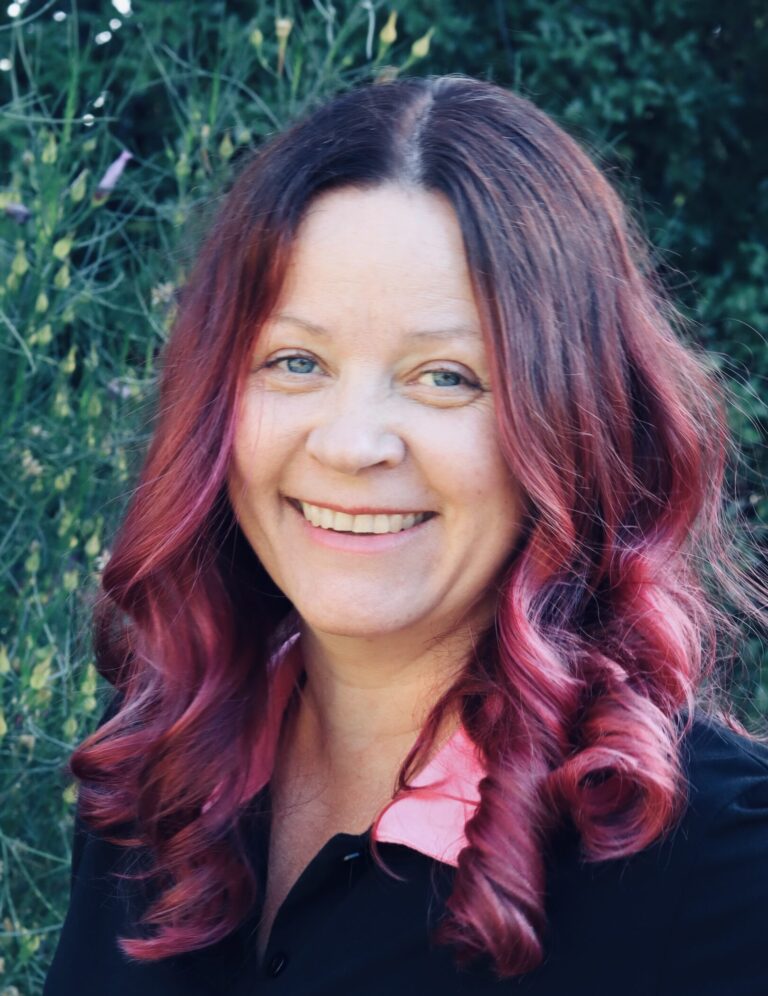
About me
After more than 20 years working as a communications and engagement professional within large and diverse organisations in the UK and Australia, I have extensive experience creating communications across a wide range of topics and audiences, with a particular skill for simplifying complex messages.
I offer writing, editing and proofreading services and specialise in writing and editing grant proposals, including checking that content thoroughly addresses the required criteria and working with you to fill any gaps.
I also have a passion for creating positive collaborations and identifying opportunities to build on these relationships to improve outcomes, so if you need to bring groups of researchers, industry partners or other organisations together to work collaboratively on a project or grant application I can help make that happen.
If you have a project you need support with, please consider contacting me on 0421 011457 or at emma@emmapink.com.au for a chat.
Finally, I want to acknowledge the traditional custodians of the lands and water where I live and work, and pay my respects to Elders past, present and emerging. I genuinely seek to listen and learn from them.
A range of projects I've worked on
Grant proposals
Through client Straight Up Science Marketing, I have worked on a wide range of grant proposals, from reviewing and editing individual Discovery Early Career Researcher Award (DECRA) applications to assisting with overall management of bids for multimillion dollar Cooperative Research Centres (CRCs). I have written grant content, provided critical reviews of subject matter expert-written content to ensure it can be easily understood by the reviewers, addresses all necessary criteria and where possible exceeds the expectations, managed relationships with industry and university partners (including arranging relevant paperwork confirming their involvement) and written newsletters, web content and prospectuses.
For an example of outcomes, in 2021 I reviewed 12 DECRAs and 3 were successful (15% is the national average success rate) and in 2022 I reviewed 5, of which 2 were successful. Also in 2022 I worked with 2 researchers on Early Career Industry Fellowships and 1 of these was also funded. This equates to a total of around $2.5m in secured funding.
Defence and Security Institute Profile – 2023 (click to view pdf)
Desalination and marine impacts report summary – 2022 (click to view pdf)
The Northern Water Supply project team asked me to summarise a technical report on the desalination and marine impacts of their project so it could be used as part of their YourSAy engagement program. The original full report by Bronwyn Gillanders and Jackson Stockbridge of the University of Adelaide is linked at the end of the summary.
The stories that made us – State Library of South Australia
The State Library has a huge wealth of stories which they wanted to shine a wider light on, so I was tasked with condensing some of them into approachable summaries which could be enjoyed and appreciated by a diverse range of audiences and hopefully encourage them to want to learn more about the topics and the Library itself. I have linked to a couple of the stories below.
Elizabeth Woolcock – murderer or victim?
How the Barossa Pearl changed wine drinking in Australia
History Festival 2024 Program (click to view pdf)
In 2023 and 2024 I edited the History Trust’s Festival program which involved checking event entries from many different organisers around South Australia including government agencies, local councils, community groups and individuals to make sure everything adhered to the Trust’s style guide and was clear and correct for the reader. I am very proud to have been involved in this two years running and working on the program has given me lots of ideas for activities to do with my own family!
Some nice things people have said about me!
Older work that I'm still very proud of
Reburial at Calperum Station – 2019
At the Department for Environment and Water (DEW), I led a conservation project to help the River Murray and Mallee Aboriginal Corporation rebury Aboriginal Ancestral Remains at Calperum Station. There was no existing pathway to follow for approvals, payments etc so I needed to map every step in discussion with whoever was responsible or had knowledge of that area. For example we needed sand to cover the ground at the reburial site but the remote location and the volume of sand needed made things tricky. Working with the Calperum Cultural Rangers, we sourced sand from another part of the Station and the Rangers also inspected the sand for cultural material before and whilst it was moved so we could be sure we weren’t damaging other cultural heritage items during the process. The on-ground works eventually took place over three emotionally powerful days and were considered a great success by all involved, particularly the Aboriginal community who of course were the key partner in this.
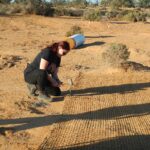
Creating a nature play space at the Woolshed Brewery
Also whilst at DEW, I created an innovative nature play space experience at the Woolshed Brewery at Murtho in the Riverland. It was originally supposed to be installing an interpretive sign but after seeing the beautiful location, and being inspired by other play spaces which teach about the environment, I worked with a landscape architect and ecologists/hydrologists to create a design based on educating the community about water flows and how structures of various types (natural and man-made) can impact these flows. Pitching this design helped me gain approval from our Commonwealth funding partner for this unusual but powerful project. I then collaborated with a nature play construction specialist and the owner of the Brewery to bring the idea to life in the space we had. It is still there and still very popular with the younger visitors to the Brewery!
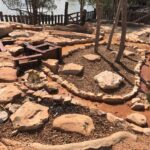
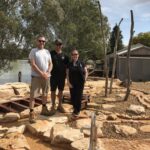
Reaching our young environmentalists
Getting environmental messages to our young people helps encourage them to understand and care for our environment. This animation was developed to explain how the River Murray works and why it is so important that water levels in the river go up and down. I worked on the script and storyboard in collaboration with ecologists and hydrologists to ensure scientific accuracy was maintained but that it was simple enough for the audience. The animation was then used as part of an education package which ties in with the Australian Curriculum units on water and natural resources.
Simplifying environmental messages
When I started working in the environmental/water space in 2017 I found that much of the existing content was based on the various funding streams and was technical and detailed, which meant the impact of the amazing work being done was buried. I revised the content to focus on the outcomes and how this work was actually helping our wetlands, floodplains and river environments. Importantly, I did this in consultation with the environmental experts so we ended up with content which was presented in a way which could be more easily understood and engaged with by the general public but kept the scientific accuracy that was so important to the ecologists, hydrologists and other environmental scientists responsible for the work. An example of ‘before’ and ‘after’ is below.
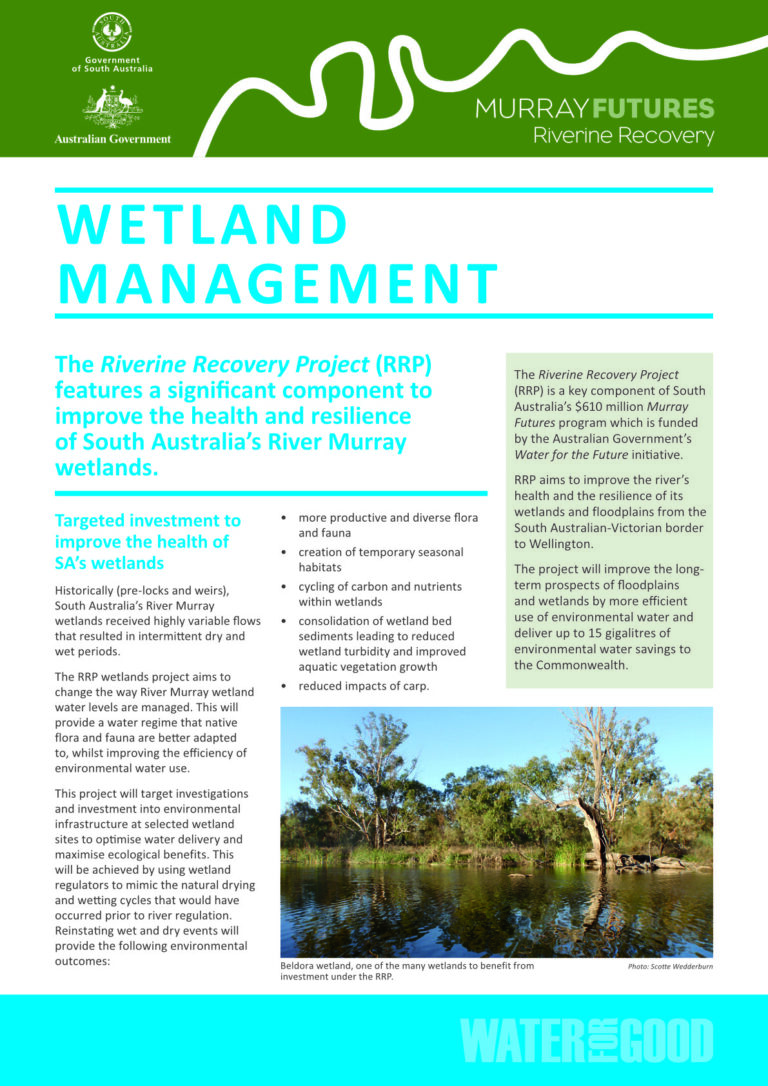
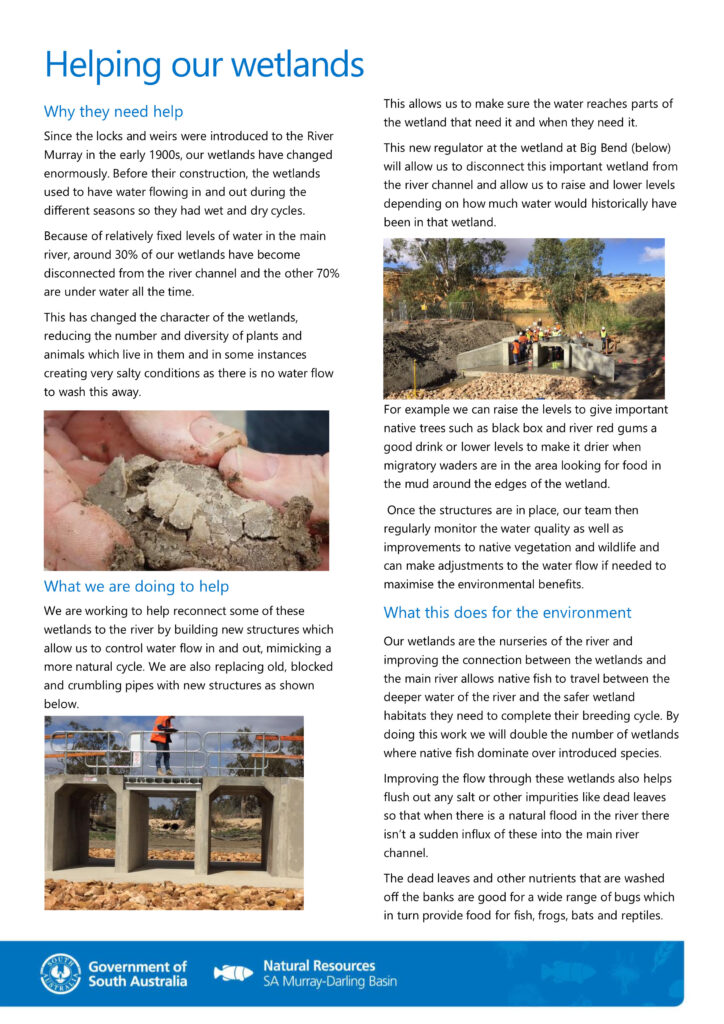
Celebrating award winners
One of my first tasks when I started with DEW in early 2017 was to create a set of films showcasing the winners from the Department’s internal awards ceremony – the Green Globes. I met with the winning teams and talked to them about what they wanted including and what key points they wanted to get across about what they do. From those conversations I drafted basic script outlines to ensure we covered all key points during filming and then filming was done at the various locations. Three of the resulting films are linked below.
SA Seed Conservation Centre film
Adelaide International Bird Sanctuary film
NRM Science Conference film
Navigating the industrial relations minefield
Whilst at SA Health, I was given the challenge of working on communications for the Nursing and Midwifery Enterprise Agreement negotiations in 2013 and again in 2016. This was fascinating work because the department was very restricted in what it could say, whilst still needing to provide relevant information to the nursing and midwifery staff.
I worked hard alongside the Industrial Relations team and a range of nursing and midwifery representatives to ensure the information was as detailed and transparent as possible. The resulting communications were so well received by staff that we were permitted to provide more information, as it was clear staff were responding in positive ways to the increased transparency. Sometimes the information was unpopular as it often is in these constantly evolving, highly political and industrial environments, but the proactive approach was still appreciated. It is possible to give potentially bad news in such a way that it is still valued and appreciated by the recipient.
Public health communication during a pandemic
As the lead communications adviser during SA Health’s response to the outbreak of H1N1 in 2009, I was tasked with translating rapidly evolving medical advice from the Chief Public Health Officer, Chief Medical Officer and Director of Emergency Management into material for the public as well as hospitals, health services, educational institutions, businesses and sporting organisations. Each was looking for different specifics and different levels of advice, so one piece of information was often edited multiple times to deliver the same key message but tailored to the interests of that audience.